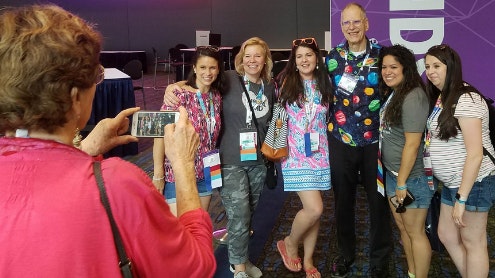Homepage
•
Learning Library
•
Blog
•
Visionary ISTE Founder Left a Legacy of Innovation and Promise
Expand breadcrumbs
Expand breadcrumbs
- Learning Library
- Blog
- Visionary ISTE Founder Left a Legacy of Innovation and Promise
- Homepage
- •
- Learning Library
- •
- Blog
- •
- Visionary ISTE Founder Left a Legacy of Innovation and Promise
Visionary ISTE Founder Left a Legacy of Innovation and Promise
By Diana Fingal
September 2, 2021








